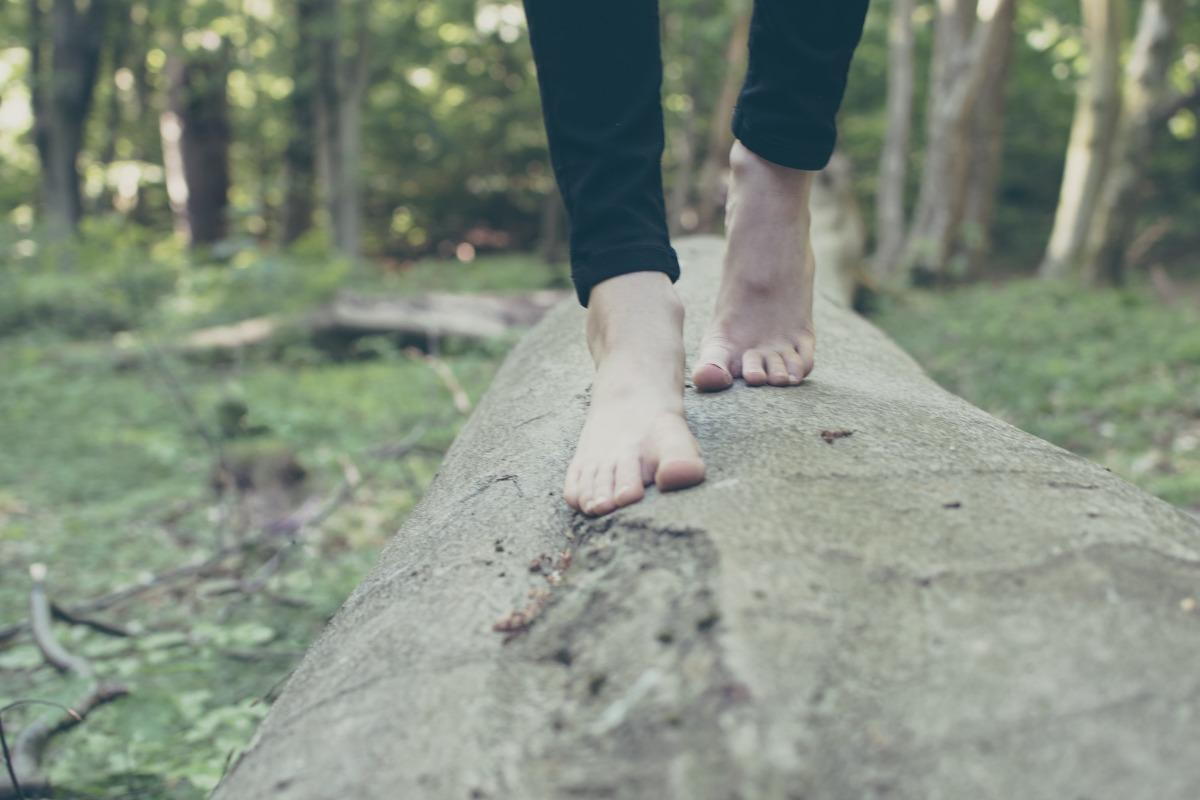Hammertoes: How to Recognize and Treat This Common Foot Condition
posted: Mar. 03, 2023.

Hammertoes are a common foot condition that occurs when the toe joints become bent or curled downward, causing pain and discomfort. This condition can affect any toe, but it is most common in the second, third, and fourth toes.
Hammertoes can be caused by various factors, including genetics, injury, and wearing ill-fitting shoes. If left untreated, hammertoes can lead to further complications such as corns, calluses, and even difficulty walking.
Recognizing and treating hammertoes early is essential to prevent these complications and improve quality of life.
Recognizing Hammertoes
Symptoms of Hammertoes
Hammertoes can cause various symptoms, including pain, discomfort, and difficulty wearing shoes. The affected toes may also appear bent or curled in a downward position. Other symptoms may include redness, swelling, and the formation of corns or calluses on the top, bottom, or end of the affected toe.
Physical Examination by a Podiatrist
During the examination, a podiatrist will physically examine the affected foot and toes to look for signs of swelling, redness, and other hammertoe symptoms. They may also test the toes' flexibility and ask the patient about their symptoms and medical history.
Diagnostic Tests to Confirm the Diagnosis
Sometimes, a podiatrist may order diagnostic tests to confirm a diagnosis of hammertoes. X-rays can be used to determine the severity of the condition and to rule out other foot problems, such as arthritis. Magnetic resonance imaging (MRI) may also be used to get a more detailed view of the affected area. These tests can help the podiatrist develop an appropriate treatment plan.
Treatment Options for Hammertoes
Non-surgical Treatments
- Changing Footwear: One of the first steps in treating hammertoes is to change footwear, which may involve wearing shoes with a broader toe box, avoiding high heels, and opting for shoes with more cushioning and support. These changes can help to relieve pressure on the toes and prevent further damage.
- Toe Exercises and Stretches: Toe exercises and stretches can help strengthen the foot muscles and improve flexibility, helping prevent the progression of hammertoes and relieve pain and discomfort.
- Orthotic Devices: Orthotic devices, such as toe splints or cushions, can help to alleviate pain and pressure on the affected toes. These devices can be worn inside shoes and can help correct the toes' position.
- Medications: Over-the-counter pain relievers, such as ibuprofen or acetaminophen may relieve pain and discomfort associated with hammertoes.
Surgical Treatments
Hammertoe Surgery
Surgery may be necessary for severe cases of hammertoes that do not respond to non-surgical treatments. Surgical options include tendon transfer, joint resection, and arthroplasty, with the type of surgery depending on the severity of the condition and the patient's needs.
Risks and Benefits of Surgery
As with any surgery, there are risks associated with hammertoe surgery, such as infection, nerve damage, and recurrence of the condition. However, surgery can also relieve pain and discomfort significantly and improve overall foot function.
Postoperative Care and Recovery
Following hammertoe surgery, patients must wear a special shoe or boot and may need to put reduced weight on the affected foot for several weeks. Therapy may also be necessary to improve strength and flexibility in the foot. Full recovery can take several months.
Conclusion
Hammertoes are a common foot condition that can cause pain, discomfort, and difficulty wearing shoes. Fortunately, several treatment options are available, including non-surgical and surgical approaches.
Individuals can also prevent hammertoes from developing by making lifestyle changes, selecting proper footwear, and practicing regular foot care. By recognizing and addressing hammertoes early on, individuals can improve their foot health and overall quality of life.